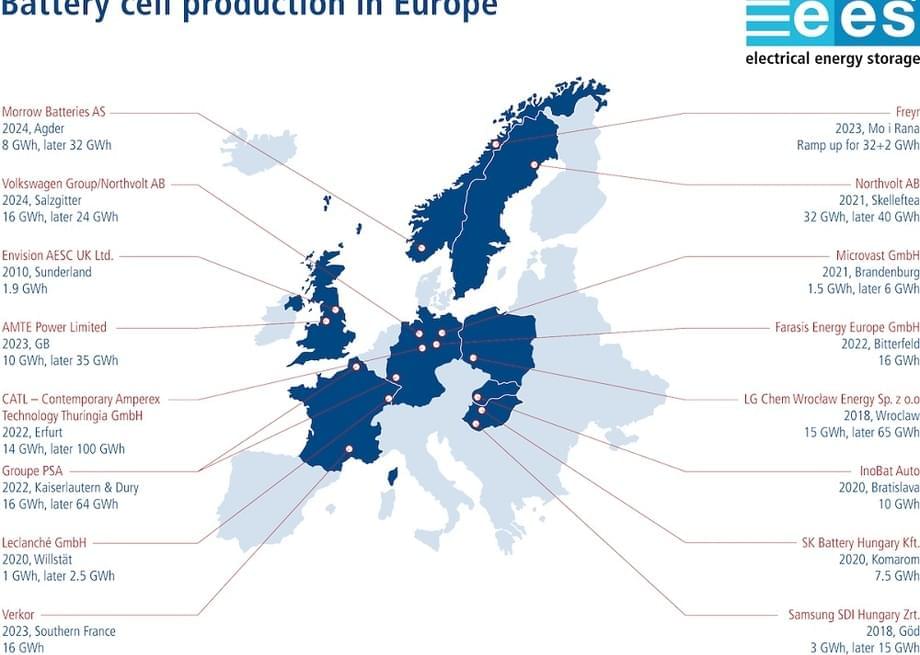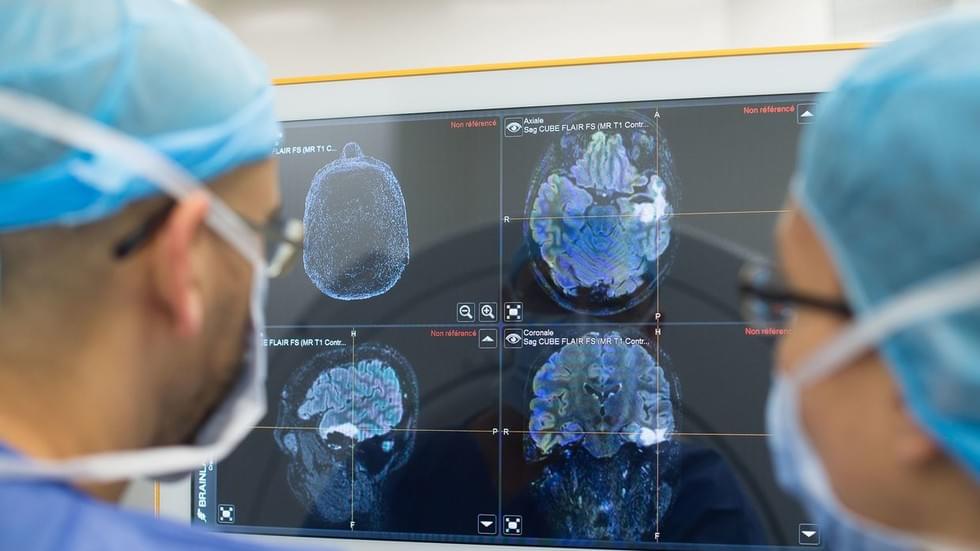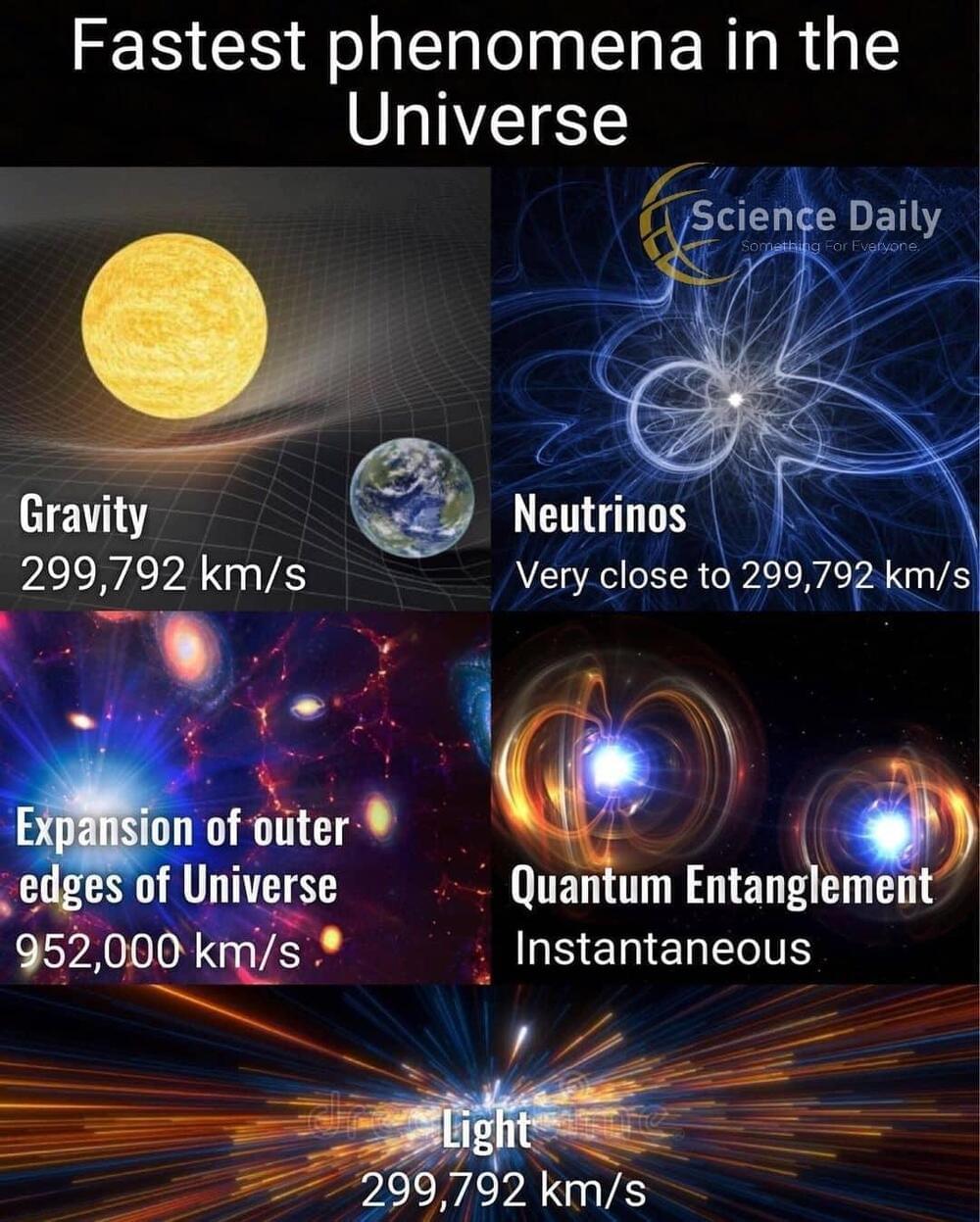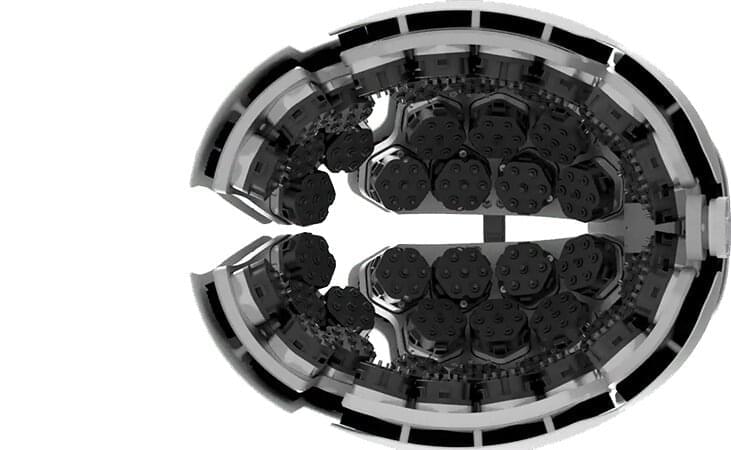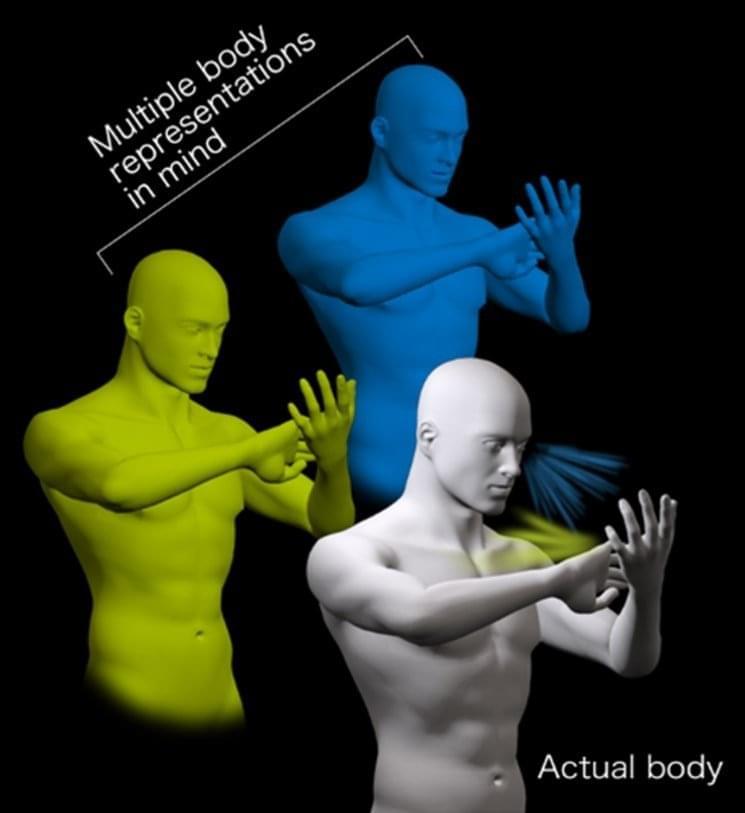After some production setbacks, the retro electric bubble car will launch in Europe this spring. property= description.
What is quantum information?
Posted in computing, quantum physics
Quantum information breaks the rules of classical information in a way that could allow us to answer questions that a classical computer cannot.
Scientists are exploring a variety of ways to make quantum bits. We may not need to settle on a single one.
Over 70,000 jobs will be created through the rising battery manufacturing in Europe within the next years, new studies predict.
The energy supply in Germany and Europe has never been more in flux. As the success of renewable energies continues to mount, another technology is coming into focus. Energy storage technologies and battery storage systems in particular are becoming increasingly important with the advancement of the energy transition. This development also has significant implications for Germany as an economic center, since battery production is expected to create thousands of jobs here in the future.
Europe has not traditionally played a very significant role as a site for battery cell production, but technical advances, favorable political conditions and an especially promising sales market are making the continent increasingly attractive for battery production. A look at the key role that battery cell production plays in upstream value chains – throughout the renewable energy supply sector and especially in the manufacture of electric vehicles – makes its significance clear. Battery cells represent approximately 40 percent of the value added in the production of an electric vehicle. So it is no wonder that production capacities for lithium-ion batteries are growing faster in Europe than in any other region of the world. Current forecasts predict that the continent’s share in this global manufacturing business will increase from around 6 percent now to 16 to 25 percent by 2030.
Numerous battery cell manufacturing plants are currently being built in Europe. According to Benchmark Mineral Intelligence, Europe is expected to host manufacturing facilities capable of producing more than 300 gigawatt hours (GWh) of battery capacity by 2029. The meta-study “Batteries for electric cars: Fact check and need for action,” commissioned by VDMA and carried out by Fraunhofer Institute for Systems and Innovation Research ISI, even suggests that production capacities of 300 to 400 GWh could be achieved by 2025. The website Battery-News.de anticipates that the German market alone will account for more than 170 GWh of production capacity. By way of comparison, Europe currently has around 30 GWh of production capacity.
I wonder if you could use this stuff for brain scans.
Neuralink, the US neurotechnology firm co-founded by billionaire entrepreneur Elon Musk, has begun recruiting key employees to run its clinical trials, signaling that it’s inching closer to starting human testing of its brain implants.
The company has posted advertisements to hire a clinical trial director and a clinical trial coordinator. The ads note that the staffers will “work closely with some of the most innovative doctors and top engineers, as well as working with Neuralink’s first clinical trial participants.” Neuralink said the director will lead and help build its clinical research team and will develop “regulatory interactions that come with a fast-paced and ever-evolving environment.”
Musk, who ranks as the world’s richest person with a fortune estimated at $256 billion, said last month that he expects to have Neuralink brain chips implanted in humans sometime in 2022, pending approval for testing plans by the US Food and Drug Administration (FDA).
For example, functional near-infrared spectroscopy (fNIRS) is a widely used noninvasive imaging technique that employs near-infrared light (wavelength 700 nm) to determine the relative concentration of hemoglobin in the brain, via differences in the light absorption patterns of hemoglobin.
Recent advances in brain imaging techniques facilitate accurate, high-resolution observations of the brain and its functions. For example, functional near-infrared spectroscopy (fNIRS) is a widely used noninvasive imaging technique that employs near-infrared light (wavelength 700 nm) to determine the relative concentration of hemoglobin in the brain, via differences in the light absorption patterns of hemoglobin.
Most noninvasive brain scanning systems use continuous-wave fNIRS, where the tissue is irradiated by a constant stream of photons. However, these systems cannot differentiate between scattered and absorbed photons. A recent advancement to this technique is time-domain (TD)-fNIRS, which uses picosecond pulses of light and fast detectors to estimate photon scattering and absorption in tissues. However, such systems are expensive and complex and have a large form factor, limiting their widespread adoption.
To overcome these challenges, researchers from Kernel, a neurotechnology company, have developed a wearable headset based on TD-fNIRS technology. This device, called “Kernel Flow,” weighs 2.05 kg and contains 52 modules arranged in four plates that fit on either side of the head. The specifications and performance of the Kernel Flow system are reported in the Journal of Biomedical Optics (JBO).
The single technique for teaching neural networks multiple skills is a step towards general-purpose AI.
A giant 18-wheel transport truck is barreling down a multi-lane Texas highway, and there is no one behind the wheel.
The futuristic idea may seem surreal, but it is being tested in this vast southern US state, which has become the epicenter of a rapidly developing self-driving vehicle industry.
Before driverless trucks are allowed onto roads and highways, however, multiple tests must still be conducted to ensure they are safe.
‘Geometric frustration’ can cause the electrons in materials with atoms arranged in a triangular pattern to organize in three competing ways simultaneously, reveals a new computational study led by researchers at the Flatiron Institute.
Materials that look like mosaics of triangular tiles at the atomic level sometimes have paradoxical properties, and quantum physicists have finally found out why.
Using a combination of cutting-edge computational techniques, the scientists found that under special conditions, these triangular-patterned materials can end up in a mashup of three different phases at the same time. The competing phases overlap, with each wrestling for dominance. As a result, the material counterintuitively becomes more ordered when heated up, the scientists reported in Physical Review X.
Summary: The body relies on multiple maps based on the choice of the motor system.
Source: Tohoku University.
Our brain maps out our body to facilitate accurate motor control; disorders of this body map result in motor deficits. For a century, the body map has been thought to have applied to all types of motor actions. Yet scientists have begun to query how the body map operates when executing different motor actions, such as moving your eyes and hands together.


